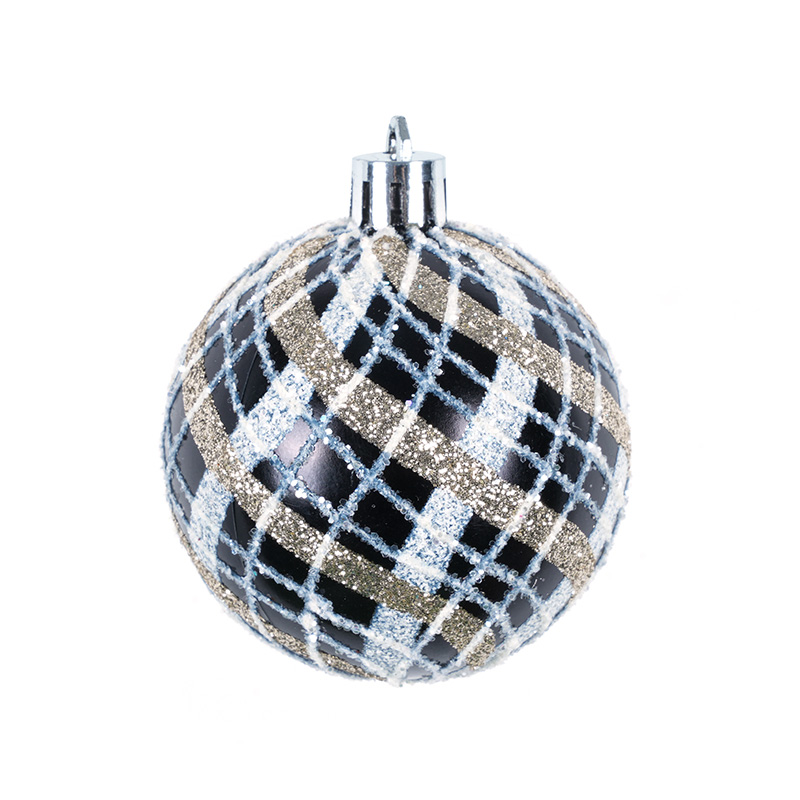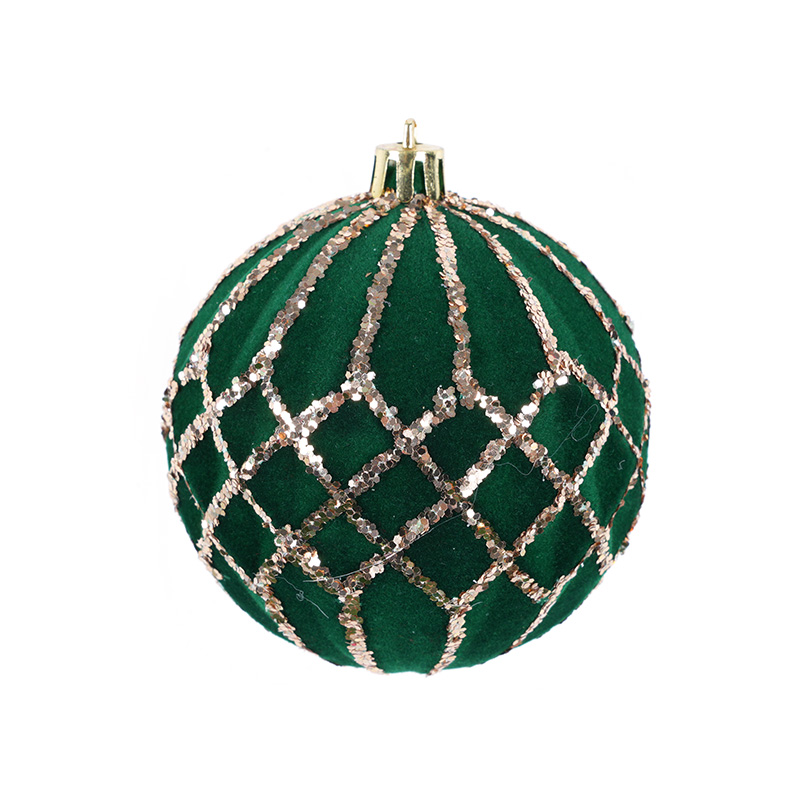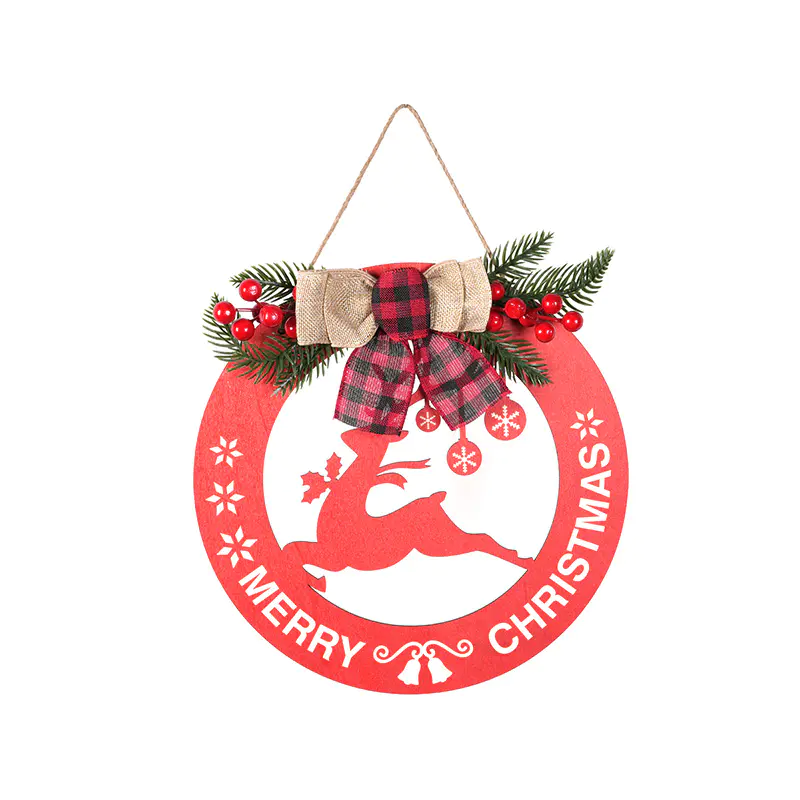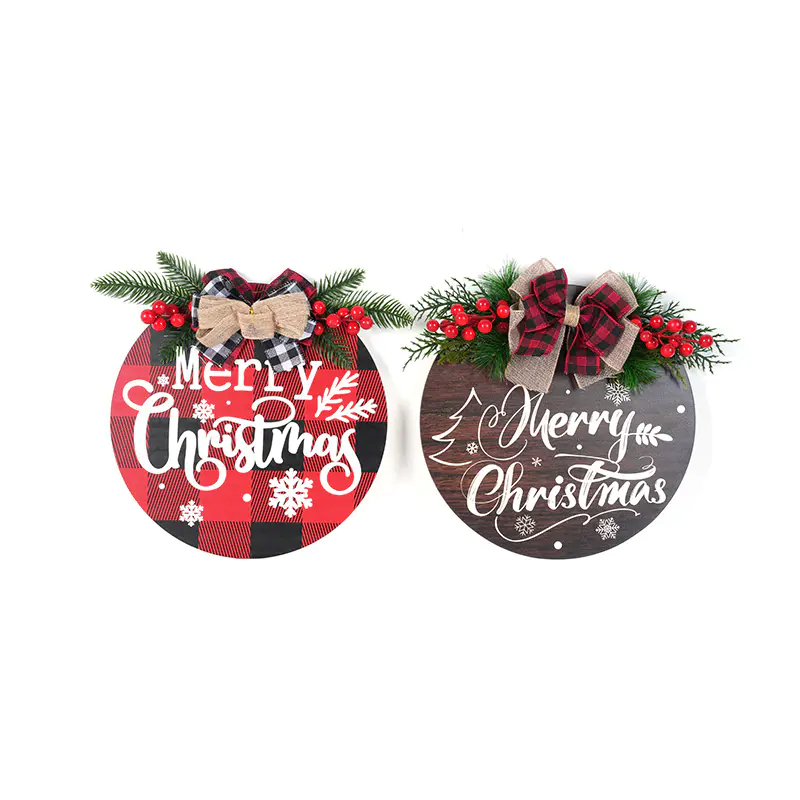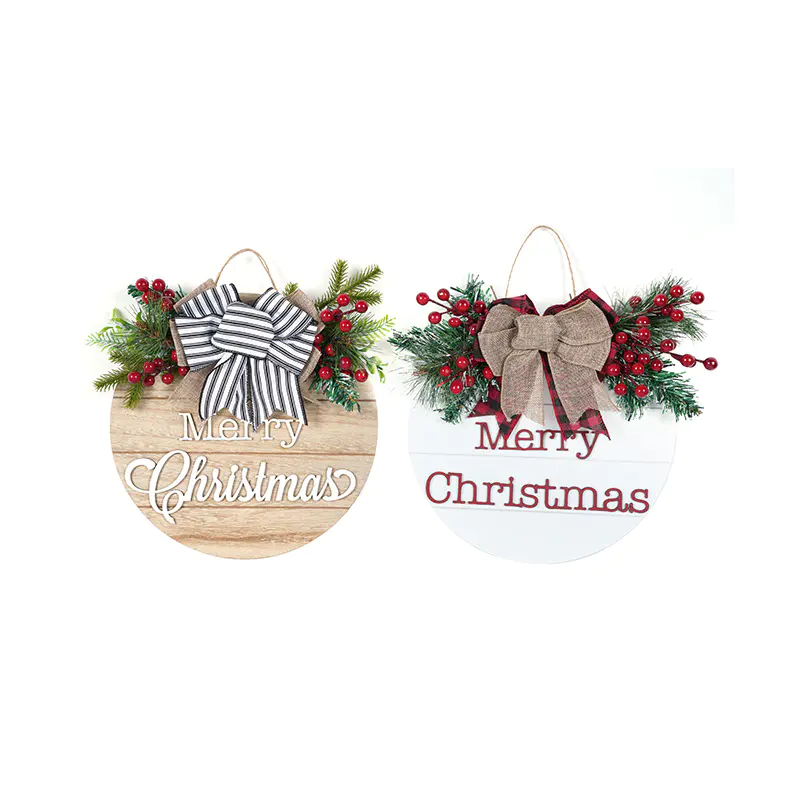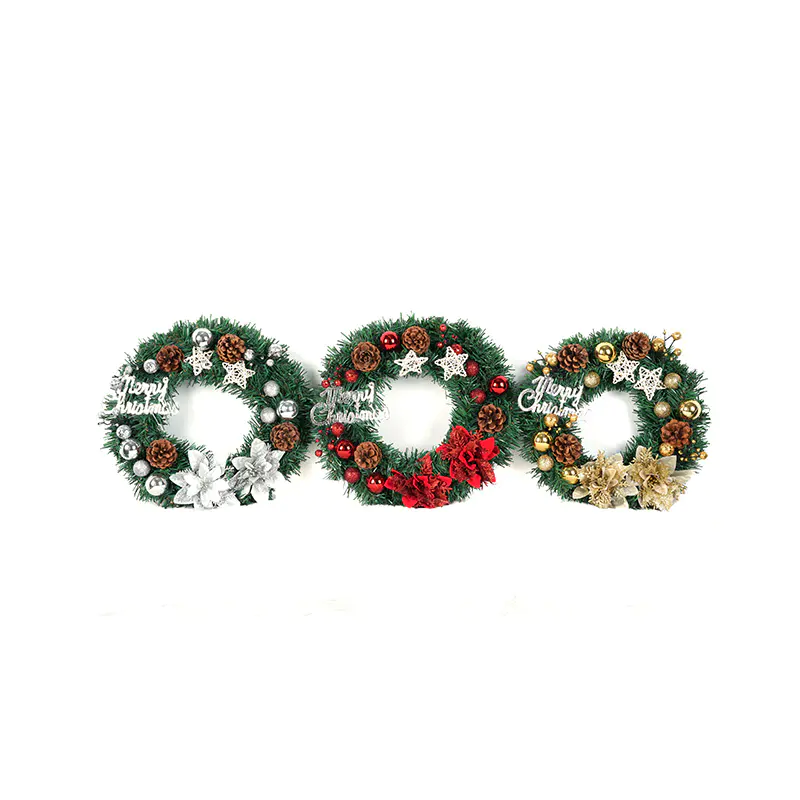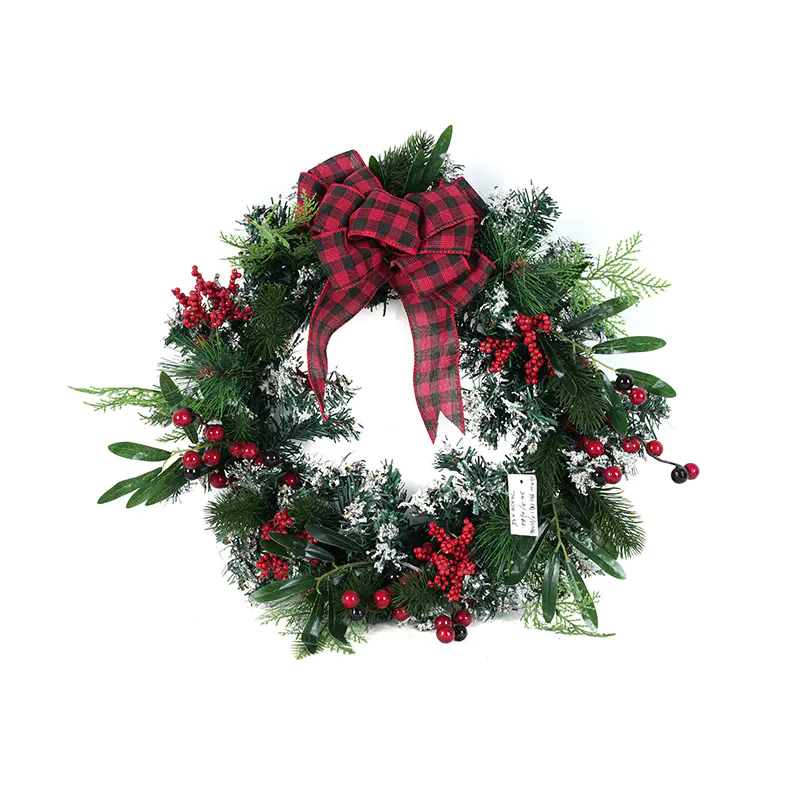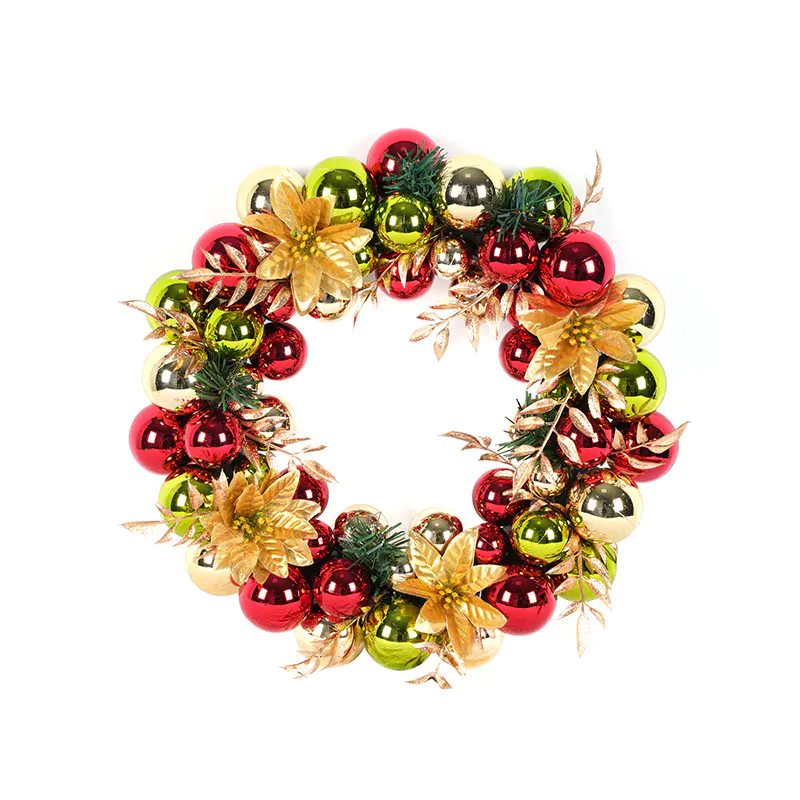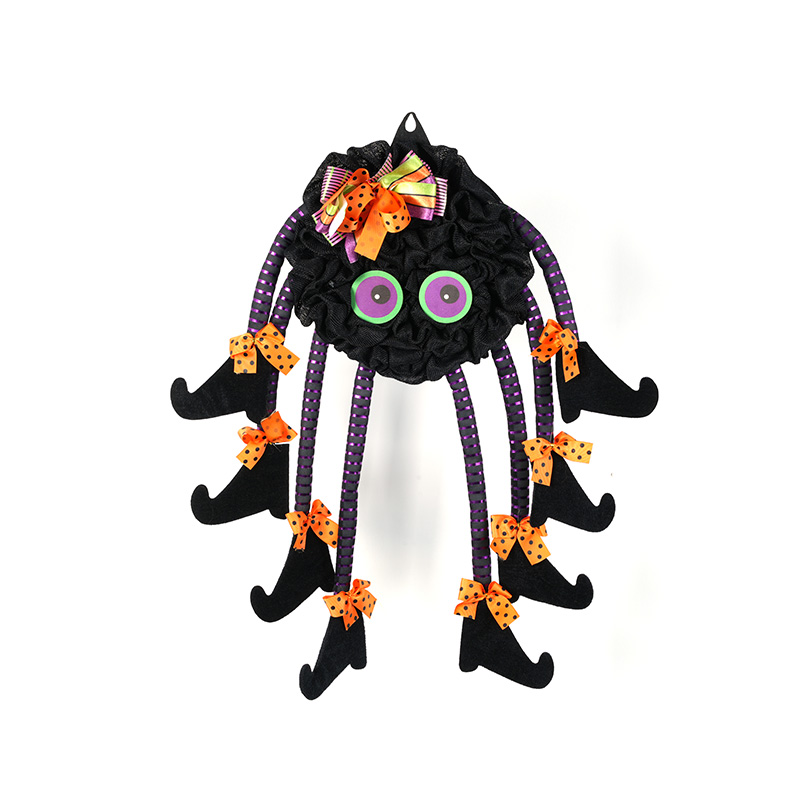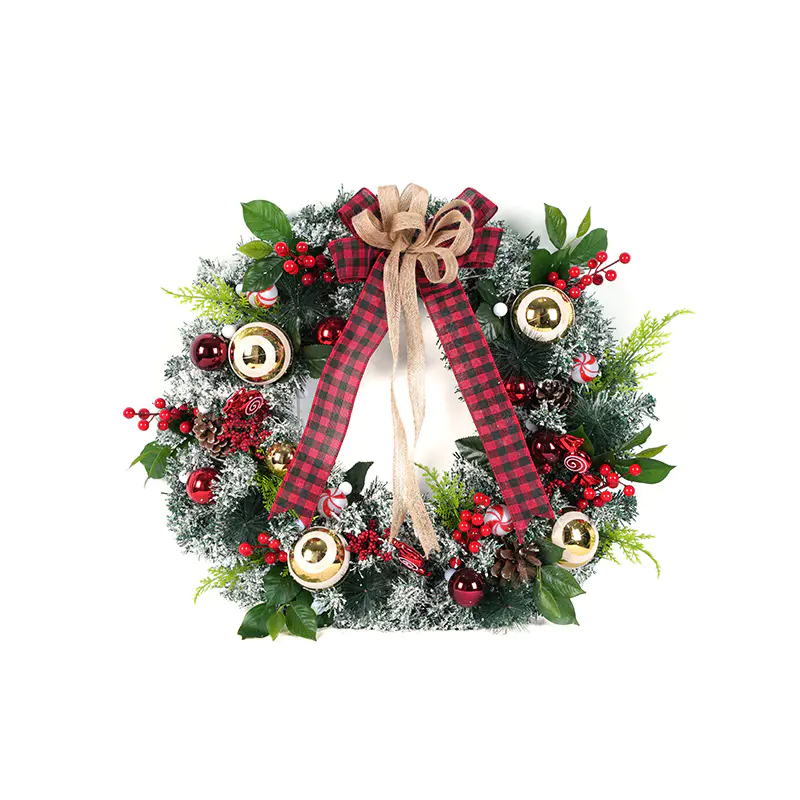
Introduction to Materials in Christmas Tree Wreath Decorations
Christmas Tree Wreath Decorations are a staple of holiday décor, adding festive charm and warmth to homes during the season. These wreaths come in a wide range of materials, each bringing unique qualities that influence their appearance, durability, cost, and environmental impact. Understanding the strengths and weaknesses of the different materials can help consumers choose the wreaths for their needs and style preferences.

Natural Materials: Fresh Greenery and Pinecones
One of the traditional choices for Christmas Tree Wreath Decorations is natural greenery, such as pine branches, holly, and pinecones. These materials offer an authentic, rustic look that many people cherish. The scent of fresh pine can enhance the holiday atmosphere, creating a sensory experience beyond just visual appeal. However, natural wreaths are perishable and tend to dry out quickly, requiring timely disposal. They are also heavier and can be more fragile, susceptible to shedding needles or losing their shape if not properly maintained.
Artificial Materials: PVC and Plastic Alternatives
Artificial wreaths made from PVC or other plastic materials have become increasingly popular due to their durability and convenience. These Christmas Tree Wreath Decorations can mimic the look of natural foliage while being reusable year after year. They are lightweight, resistant to pests, and require minimal maintenance. On the downside, plastic wreaths lack the natural fragrance and warmth of real greenery. Additionally, environmental concerns arise due to the non-biodegradable nature of many synthetic materials, and lower-quality plastic wreaths may fade or become brittle over time.
Fabric-Based Wreaths: Felt, Burlap, and Textiles
Wreaths crafted from fabrics such as felt, burlap, or other textiles provide a unique, handcrafted aesthetic. They often incorporate decorative elements like ribbons, beads, and buttons, appealing to those who prefer a personalized or whimsical style. Fabric wreaths are generally lightweight and can be stored easily without damage. However, these materials may not withstand outdoor exposure well and can be prone to collecting dust and stains. The durability varies widely based on fabric type and construction quality.
Wood and Twig Wreaths
Wooden and twig wreaths offer an organic, earthy feel that complements rustic or minimalist décor themes. Made from twigs, branches, or wooden beads, these wreaths are sturdy and can be decorated with other materials such as ribbons or lights. Their natural look appeals to eco-conscious consumers and those seeking a more understated holiday decoration. The main drawbacks include their relatively heavier weight and potential brittleness, as twigs can snap or splinter if handled roughly.
Metal Wreaths and Wire Frames
Some Christmas Tree Wreath Decorations incorporate metal or wire frameworks, either as a base or as part of the decorative design. Metal wreaths can be highly durable and provide a modern or industrial aesthetic. Wire frames are essential for shaping wreaths and supporting other materials. However, metal components may be prone to rust if exposed to moisture and generally lack the softness and warmth associated with holiday décor. They can also be heavier and require careful handling to avoid injury.
Mixed-Material Wreaths: Combining the Best of Each
Many wreaths combine materials to balance aesthetics, durability, and practicality. For example, an artificial pine base with fabric accents or wooden ornaments can create a visually appealing and long-lasting decoration. Mixed-material wreaths allow for creative designs but may have varied care requirements depending on the components used. Consumers should assess the quality and compatibility of materials when selecting these hybrid options.


